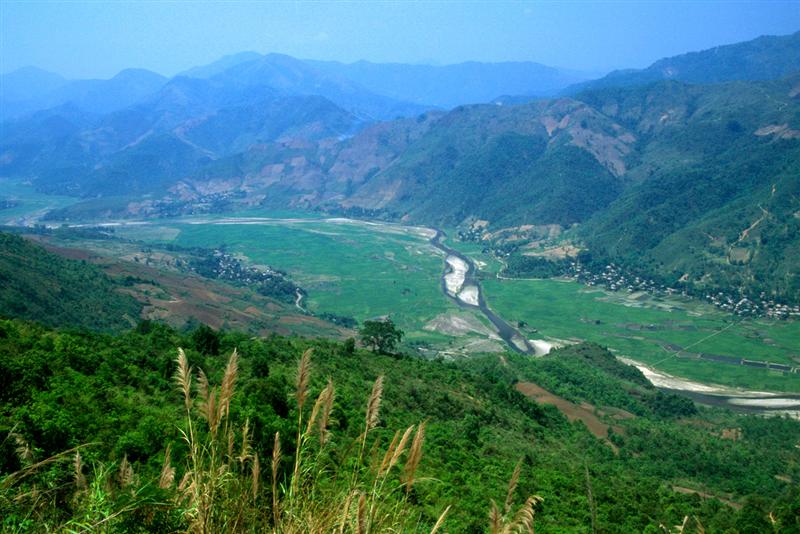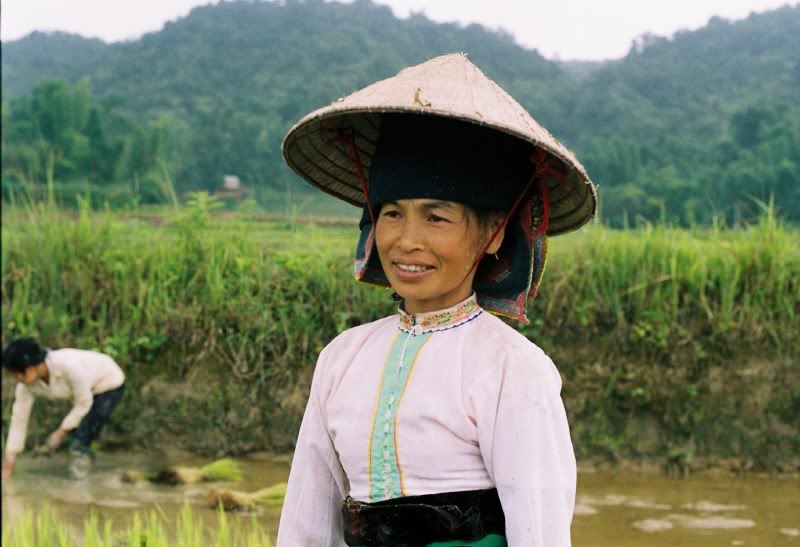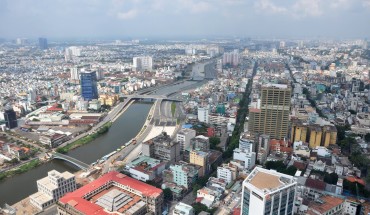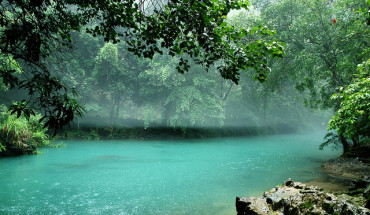Tired of tourist trails? Here’s a great opportunity to get off the track and into rugged terrain that is little affected by tourism or the world economy. In an area along the border of China and Laos, rugged roads traverse high mountain passes, cling to the side of steep mountains prone to landslide, and peer down over deep river gorges. The major thoroughfares are paved and in good condition in the dry season, but do keep an ear to the ground before setting out during or just after the summer rains (check in at Highway 4, a popular bar and meeting spot in Hanoi, for the most updated information).
Travel in this region offers the best opportunity to meet and greet people of ethnic minority hill tribe groups, from the timid White Thai to the gregarious Hmong. But remember that responsible tourism is crucial; our collective interaction with isolated ethnic minorities lays the groundwork for their future survival (or demise). Hire guides if you are going off into the boonies or out among ethnic groups. Your impact, especially if your travels take you to real rural parts, is important.
Give yourself 5 or 6 days for the loop from Hanoi to Sapa; anything shorter means you’ll spend all of your time on the road, with little respite or time to explore.
The best way to do this loop is by motorbike, as two wheels will take you to small villages and off the main road places that are off-limits to a jeep. But jeeps are also a good and certainly safer option. A few good outfitters can arrange tours by motorbike, with or without guides or. All of the traveler cafes in Hanoi run trips up this way, but it’s worth it to go with a midrange or high quality tour; you’ll get more individual attention, follow more-out-of-the-way routes, and enjoy unique itineraries with professional guides.
Tips: When Traveling in the Northern Highlands…
Bring cash. You can find local banks in each of these little towns to exchange U. S. greenbacks, but usually at a much less favorable rate. Apart from in Sapa and Lao Cai, there are no ATMs in the region. Just bring enough Vietnam dong to cover expenses. Even the smallest hamlet in Vietnam has good postal service, you can make calls via an international phone, and the Internet is accessible in the smallest town (you might even catch sight of the proverbial “thatched-roof Internet cafe”), but service is very slow, even in Sapa. Medical services are not up to par, even for Vietnam. You can fly yourself out of Dien Bien Phu if you’re in real trouble, but you’re more or less on your own out on the roads. Bring a good first aid kit for incidental cuts and scrapes, and be sure to carry stomach medicine, bug spray, and sunscreen.






